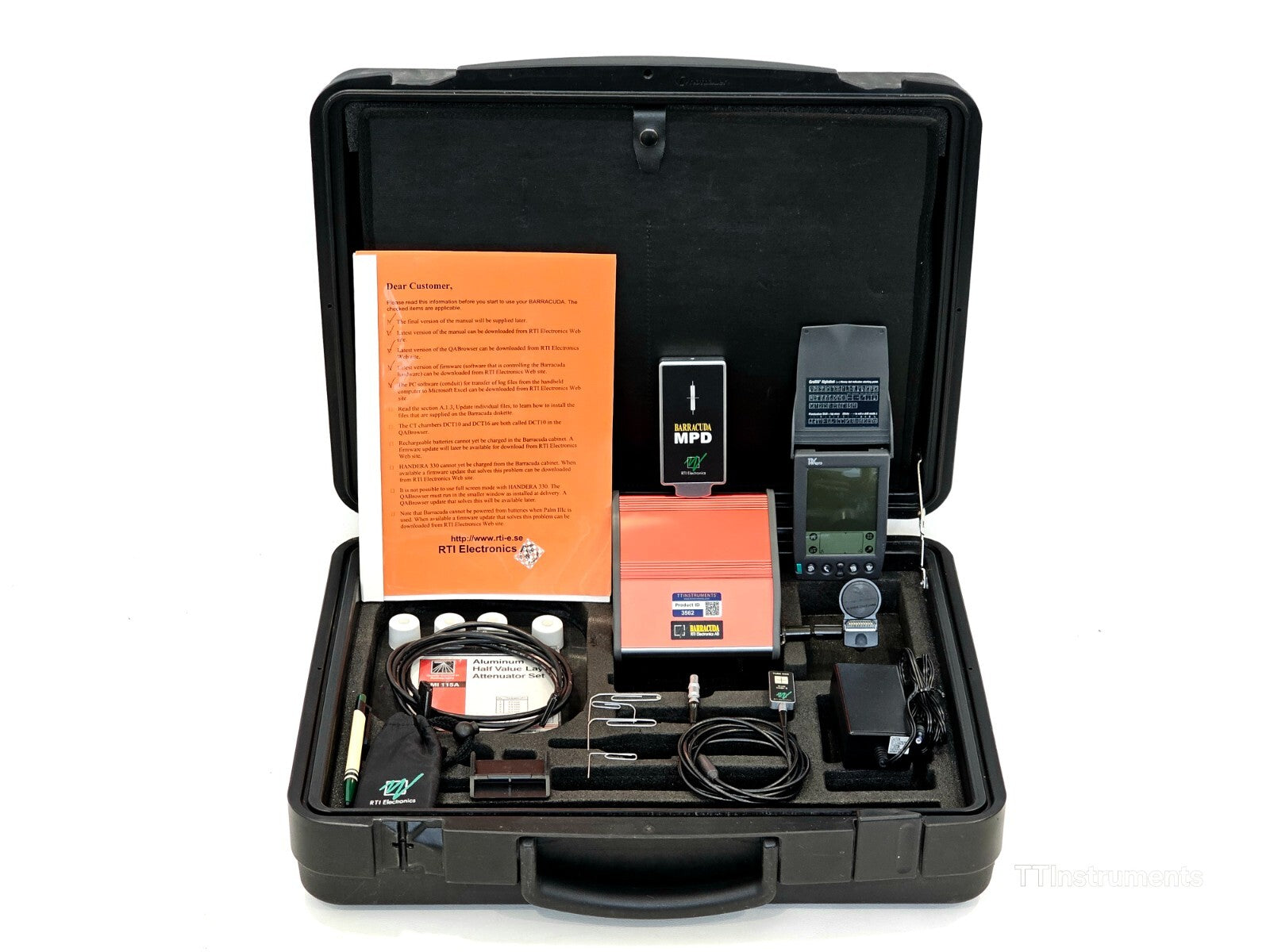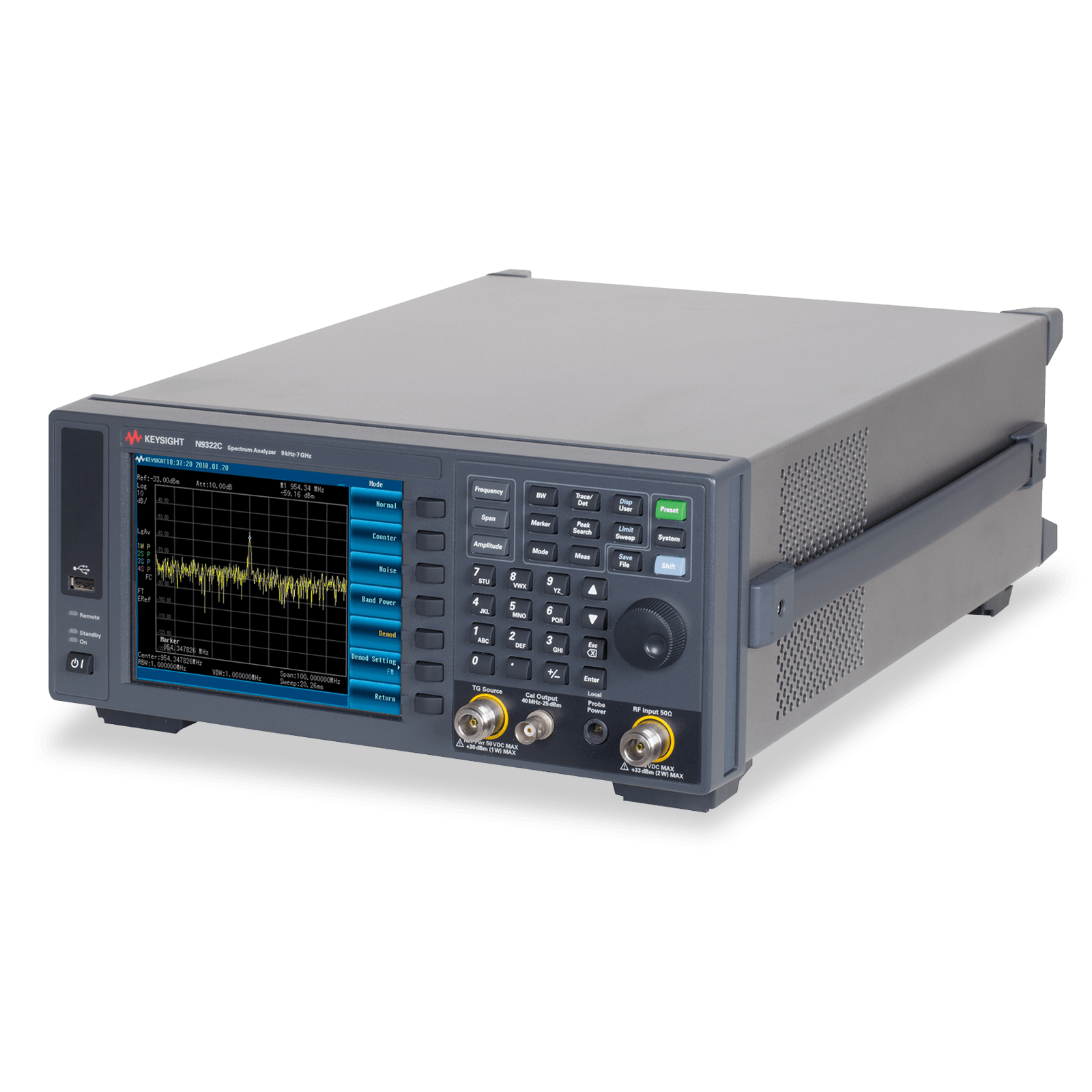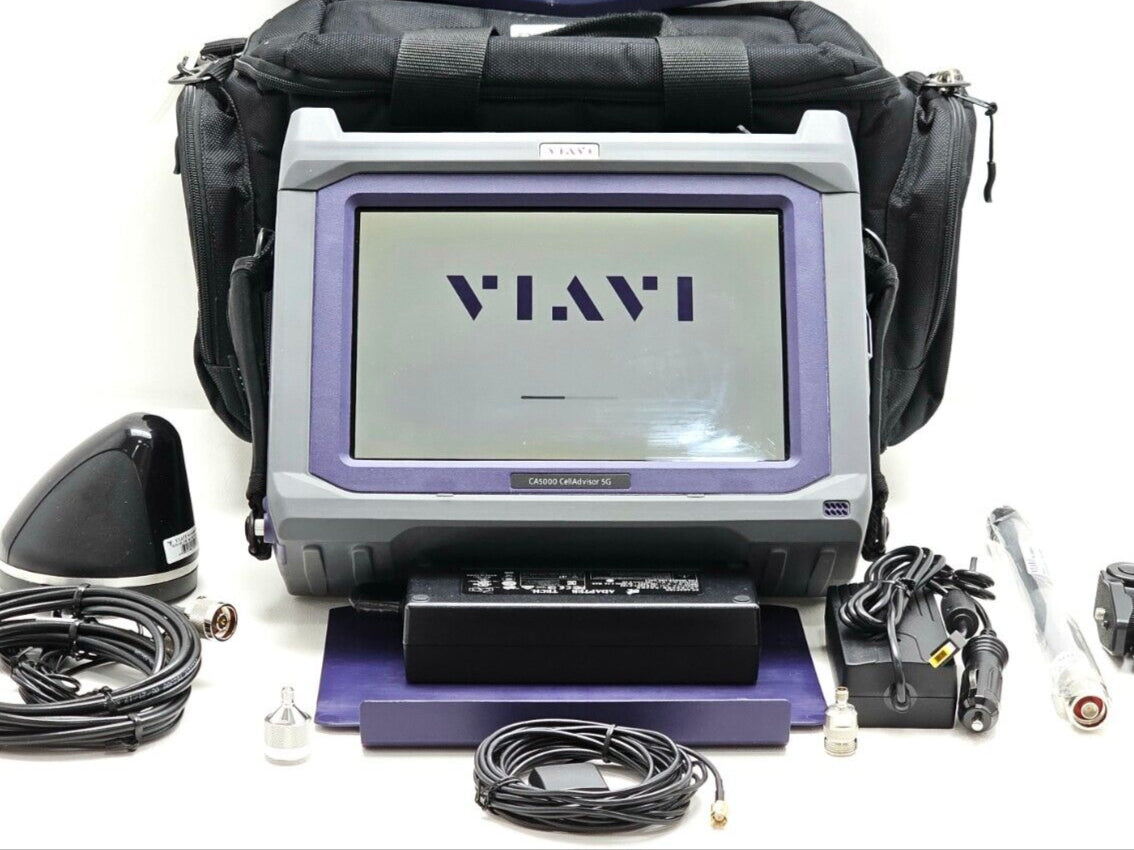
The Most Useful Multimeter Features You’re Probably Not Using
The Most Useful Multimeter Features You’re Probably Not Using
Multimeters are one of the most used tools in any technician’s kit but many users only scratch the surface of what these instruments can do. Beyond measuring voltage, current, and resistance, today’s digital multimeters come loaded with features that improve accuracy, troubleshooting speed, and safety.
In this guide, we’ll explore several powerful but often overlooked multimeter functions and how they can help you get more out of your test setup.
Capacitance Measurement
Many digital multimeters include a capacitance mode, useful for identifying bad capacitors or verifying component values during repairs or prototyping.
-
Great for testing electrolytic capacitors for aging or failure.
-
Speeds up bench diagnostics in electronics labs and field repair work.
Duty Cycle and Frequency
Multimeters with duty cycle and frequency functions are helpful when working with pulse-width modulated (PWM) signals, oscillators, or digital switching circuits.
-
Allows you to check signal timing or modulation performance.
-
Especially useful for HVAC systems, automotive diagnostics, and embedded electronics.
Low Impedance (LoZ) Mode
LoZ, or low input impedance mode, helps eliminate ghost voltages caused by capacitive coupling—especially when testing in industrial or building wiring environments.
-
Prevents false readings in open or unloaded circuits.
-
Enhances accuracy in AC line troubleshooting.
Min/Max/Avg Recording
This feature allows your multimeter to automatically track the minimum, maximum, and average values over time.
-
Perfect for catching intermittent issues like voltage dips or spikes.
-
Helps assess circuit stability or power delivery under load.
Auto-Ranging
While many technicians prefer manual range selection for speed, auto-ranging ensures you don’t accidentally misread a value due to being on the wrong range.
-
Ideal for beginners or mixed environments.
-
Reduces the risk of misinterpretation or measurement error.
Hold and Relative Modes
-
Hold captures a reading so you can view it after removing probes.
-
Relative (ΔREL) mode lets you zero out a reference value—helpful when comparing measurements or ignoring probe resistance in continuity checks.
Advanced Safety and Input Protection
High-end multimeters now feature:
-
CAT III or CAT IV ratings for use in industrial and high-voltage settings.
-
Input alert systems to warn if the test leads are in the wrong jack.
-
Fused current inputs to prevent accidental overloads.
These features improve user safety and help protect the device from costly damage.
Explore Our Range of Multimeters and Accessories
At TT Instruments, we stock a wide selection of both Multimeters & Clamp Meters from trusted brands—ideal for bench technicians, electricians, and field engineers.
Looking for more specialized measurement tools? Check out:
Whether you're after an affordable unit or a high-precision industrial-grade model, our inventory includes both new and used options, all tested and ready for work.
Get More from Your Everyday Tools
Modern multimeters offer much more than basic diagnostics—if you know what to look for. By exploring lesser-used features like LoZ, duty cycle, and min/max recording, you can improve your measurement quality and make faster, more confident decisions in the lab or field.
Need help choosing the right model? The TT Instruments team is here to help you find a multimeter that fits your workflow and budget.
FAQs
1. What is the LoZ mode on a multimeter?
LoZ (Low Impedance) mode helps eliminate ghost voltages caused by capacitive coupling, improving accuracy in AC wiring tests.
2. When should I use the duty cycle function?
Duty cycle measurement is useful when working with PWM signals or switching devices like fans, motors, and signal generators.
3. What does auto-ranging do?
Auto-ranging automatically selects the appropriate measurement range, reducing manual setup and the chance of reading errors.
4. Why use min/max/avg recording?
It captures fluctuating signals and is ideal for identifying spikes, drops, or intermittent issues in a circuit.
5. What’s the benefit of a fused current input?
It protects the multimeter and user from overcurrent damage, especially during high-energy fault conditions.


